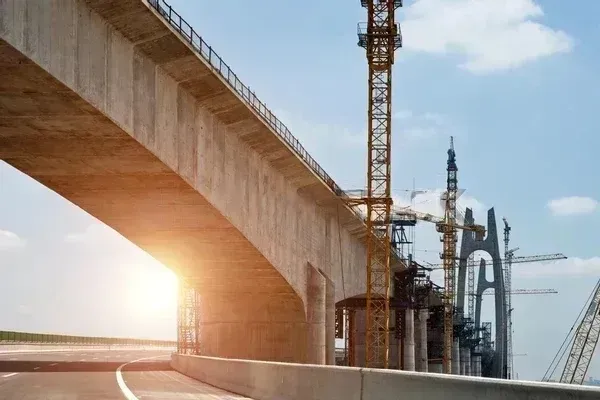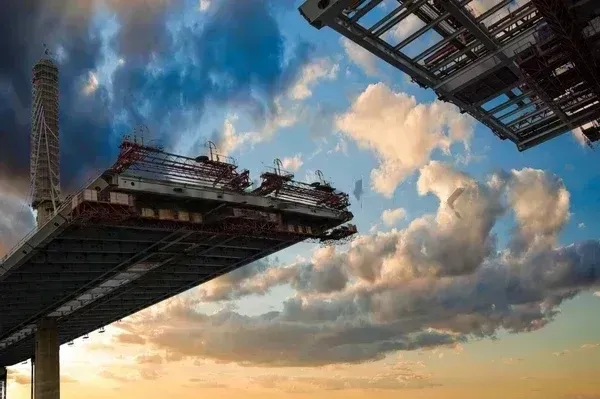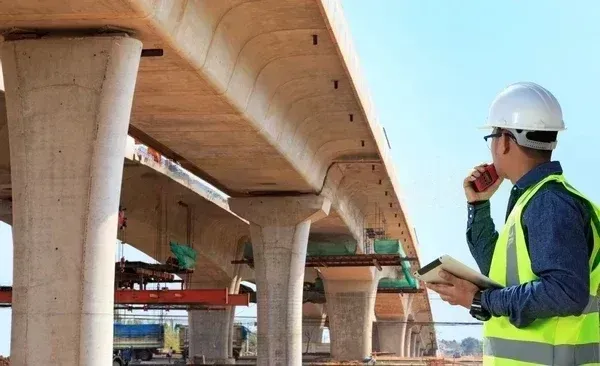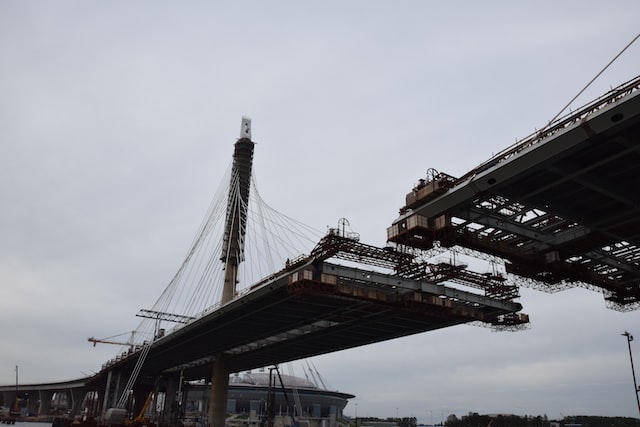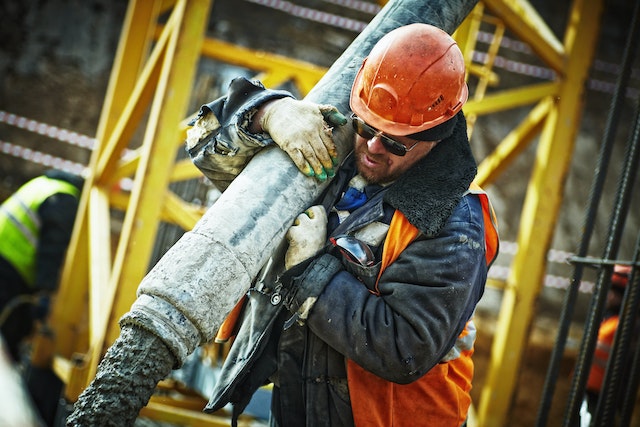bridges
As humans began to colonize the globe, they felt the need for construction to overcome normal hindrances and obstructions. Engineers used their assets to construct bridges, connect urban communities, and change the landscape. How are bridges built? Bridge development has gone through a massive change starting from the dawn of mankind, including new sturdier materials, large equipment, and new construction strategies. Even though building bridges is a lot easier in present-day times, bridge building includes precise science, tremendous assets, and careful planning before and during development.
Before development starts, planners should test the site for soil strength, depth, land design, and different components. Utilizing computer-aided design, architects can picture the extension’s conduct under various loads and weather conditions and decide on the proper structure. After the planning is done, laborers get things started hands available, and start introducing the bridge’s establishment. To do this, builders pick a steady area or drive supporting heaps into the ground and introduce strong points of support that will later help the remainder of the extension. These support points are ordinarily made from concrete and can uphold gigantic weight measures.
When the bottoms of the bridge docks are set up, groups work until every wharf has reached its foreordained height. Contingent upon the size and kind of bridge, supports can comprise totally of cement or utilize a mix of steel or different materials. The superstructure includes all parts directly supporting the heap, including links, support pillars, and latticework. To introduce the superstructure, engineers should outfit different materials and gather structures that keep up with help when presented with wind, gravity, and other natural forces. When development is finished, groups perform safety tests utilizing cranes and bridge booms to guarantee that the construction fulfills every single quality rule. The test allows engineers to identify and rectify any underlying defects and to incorporate last-clearing systems.
